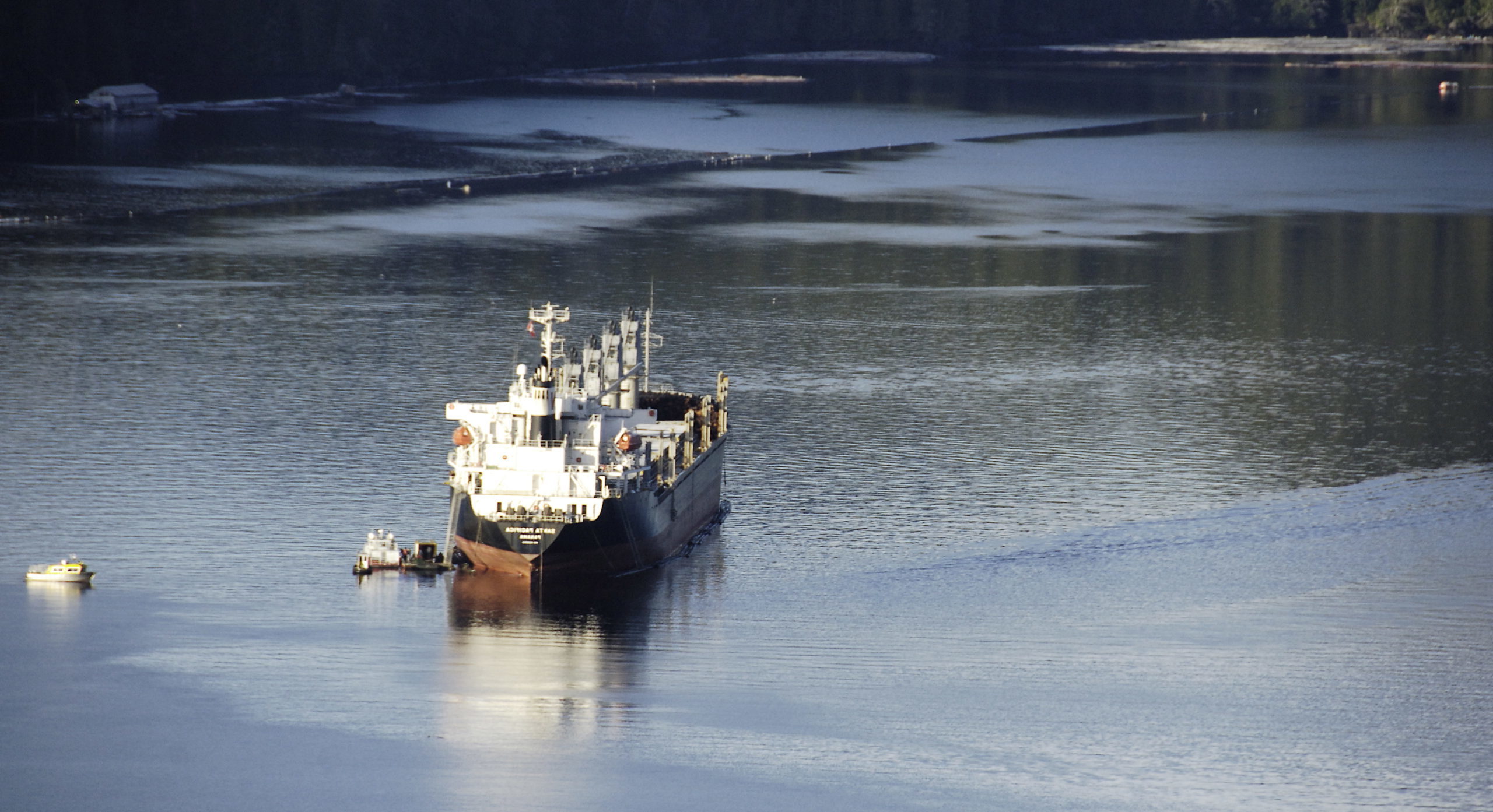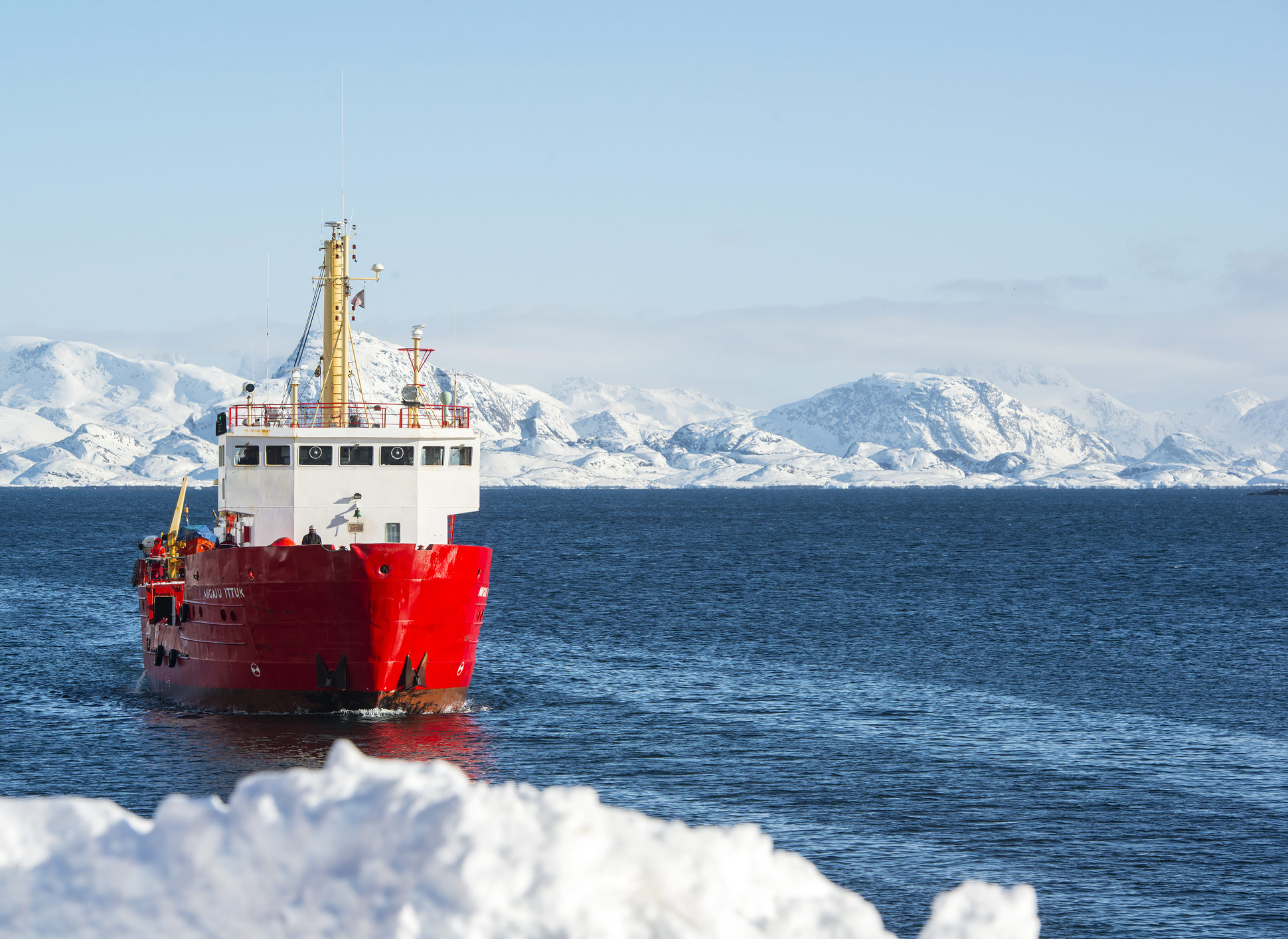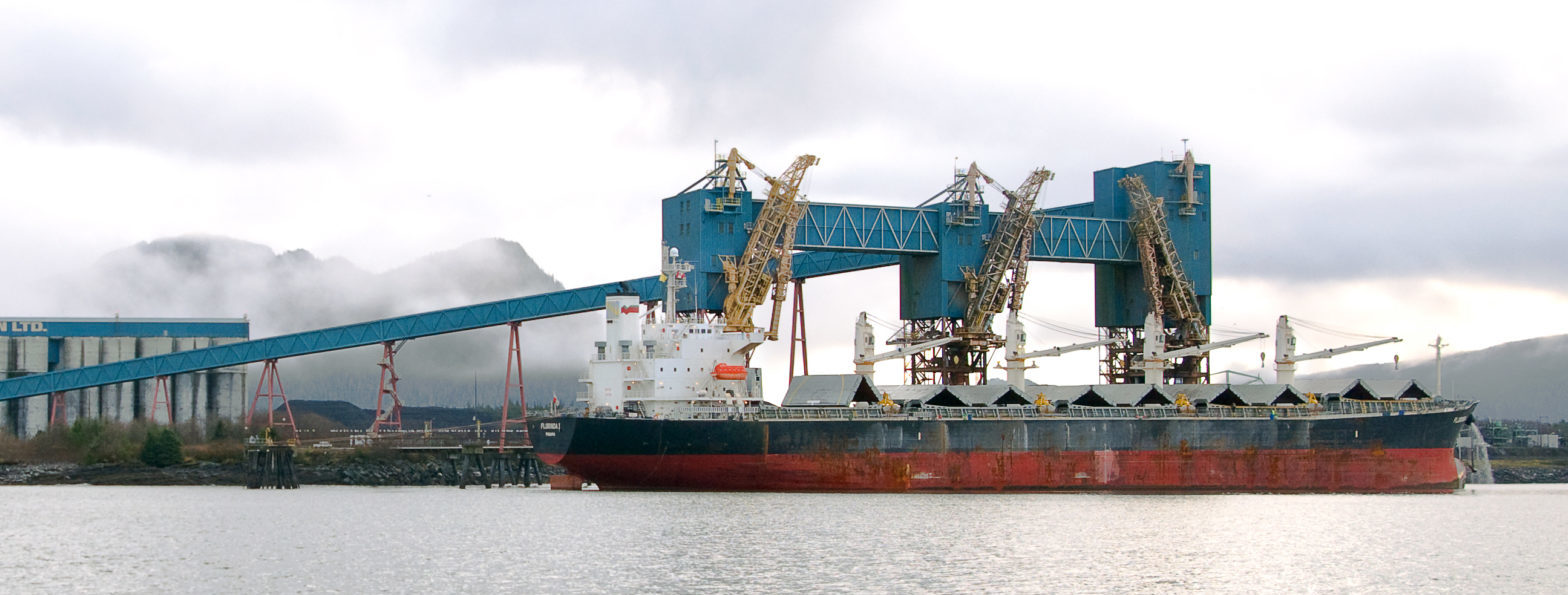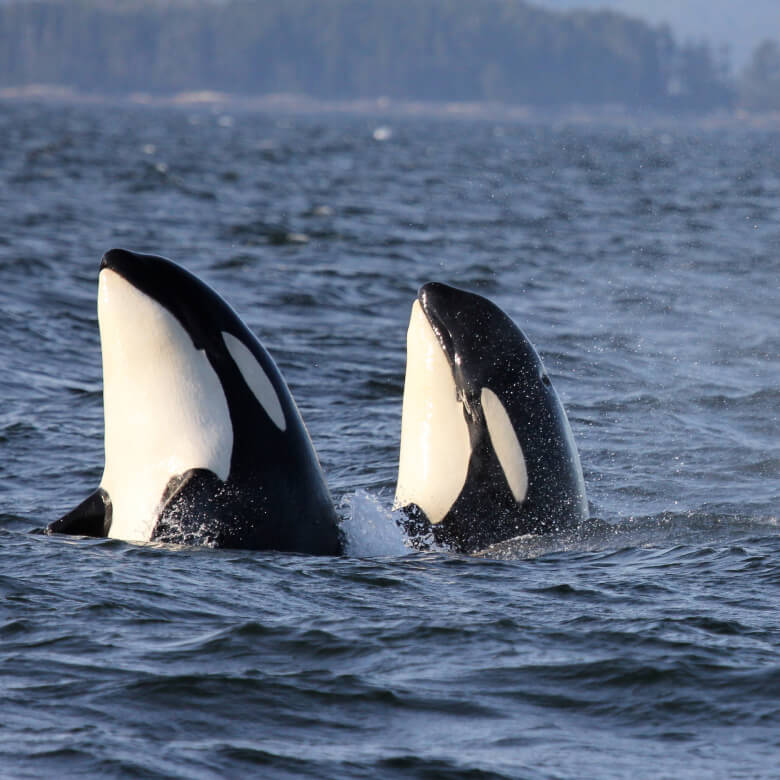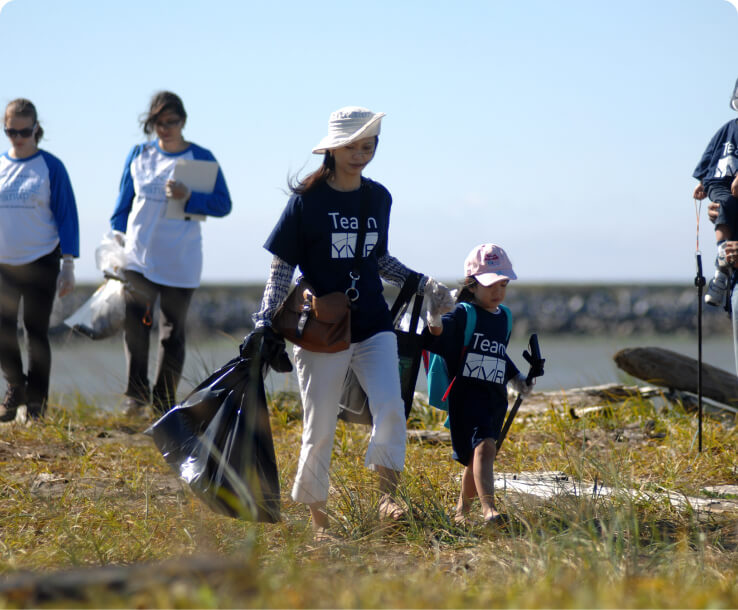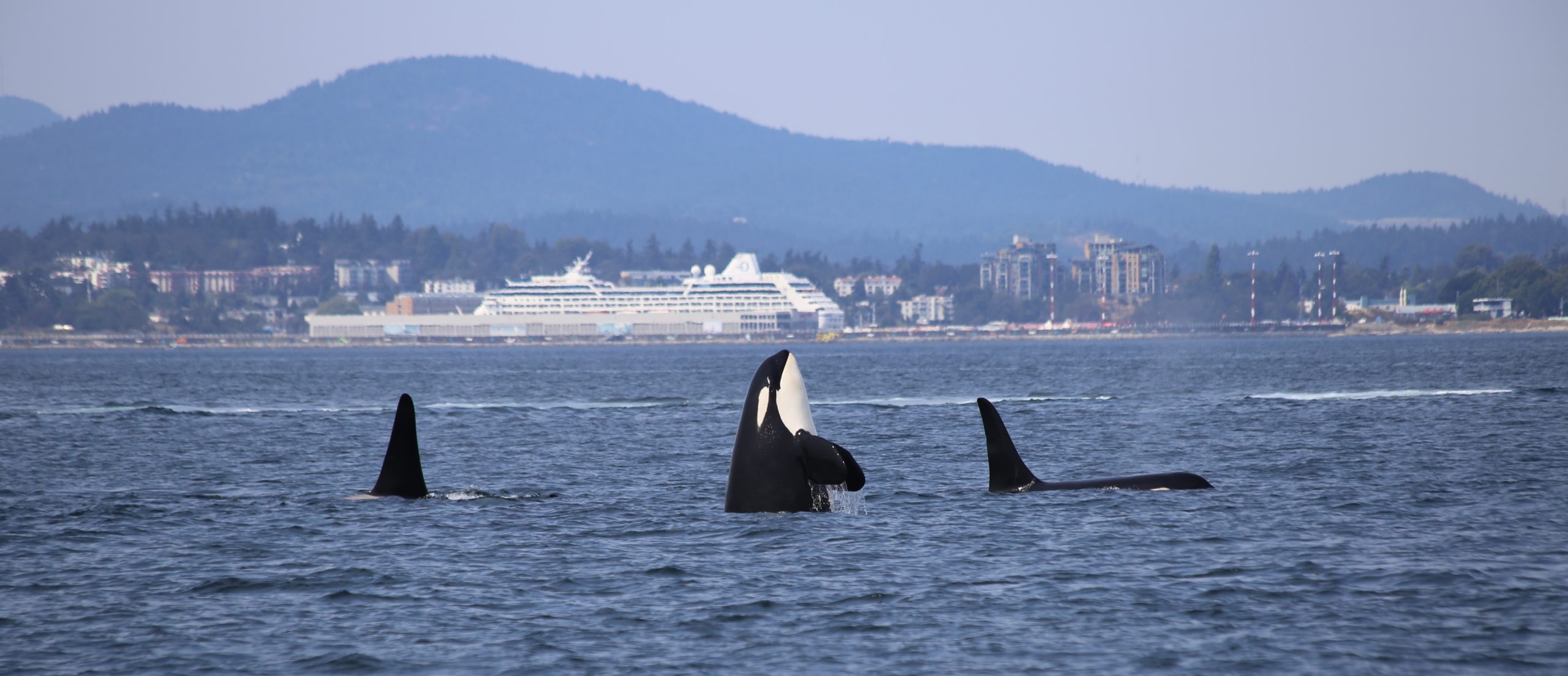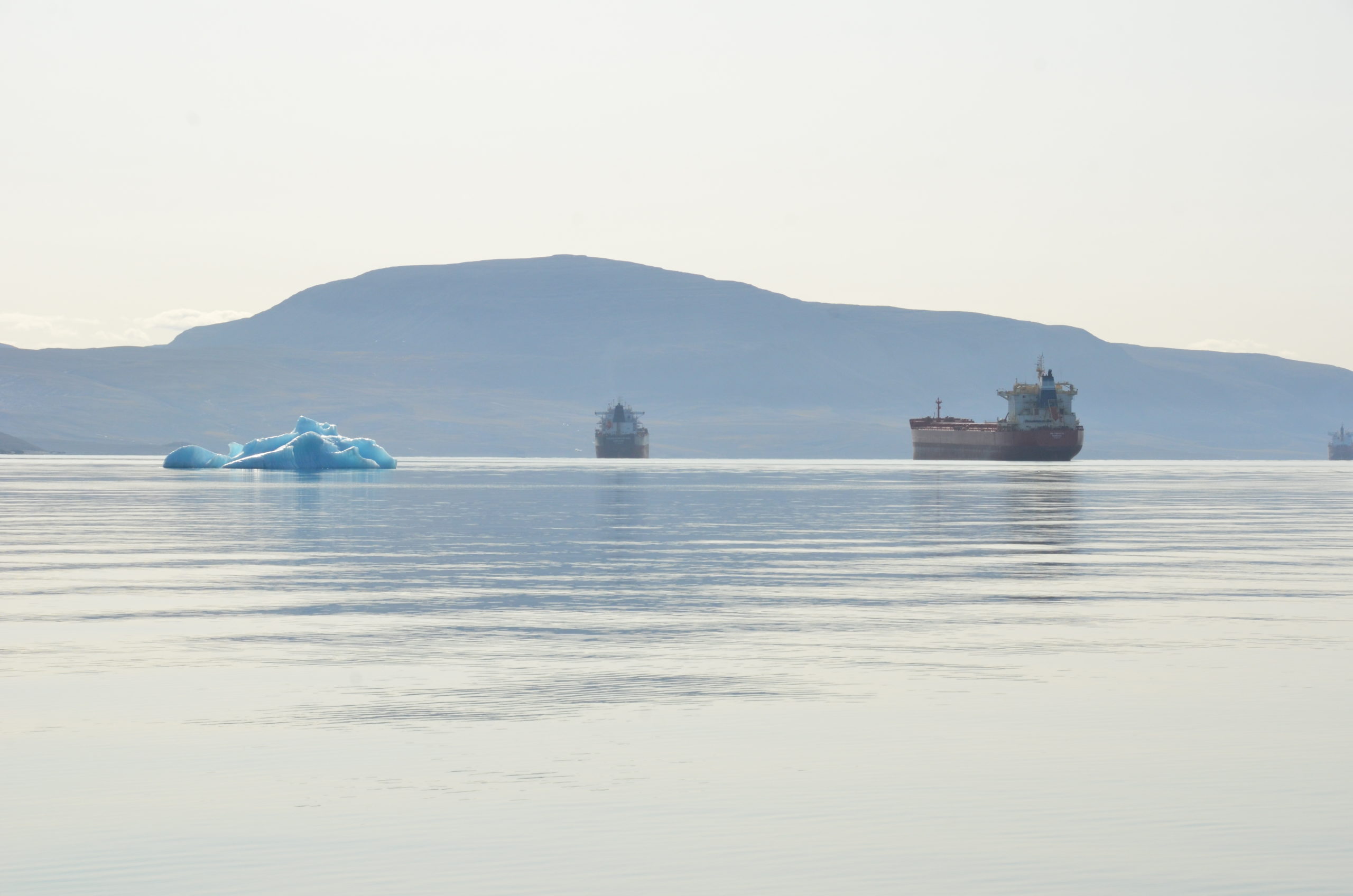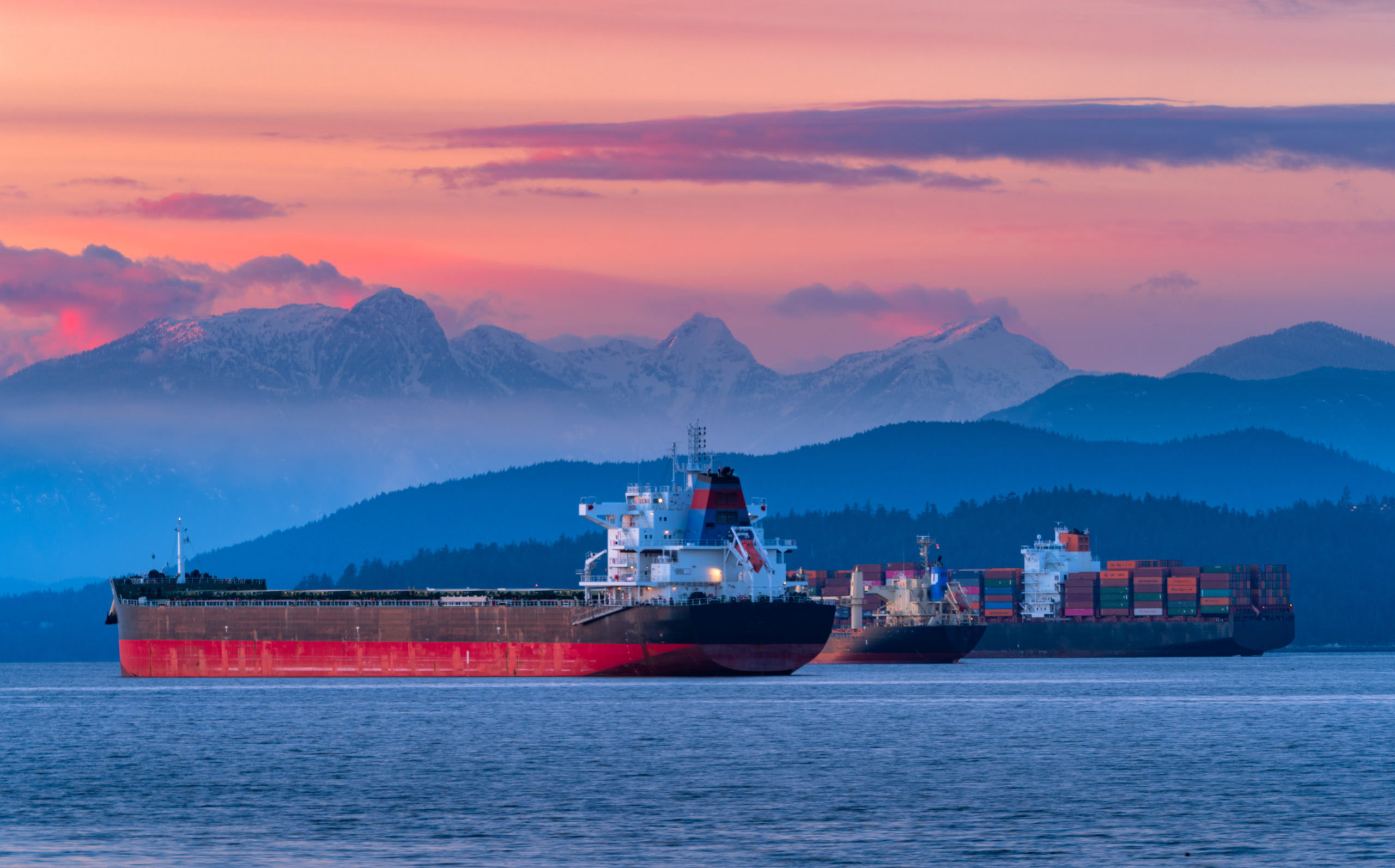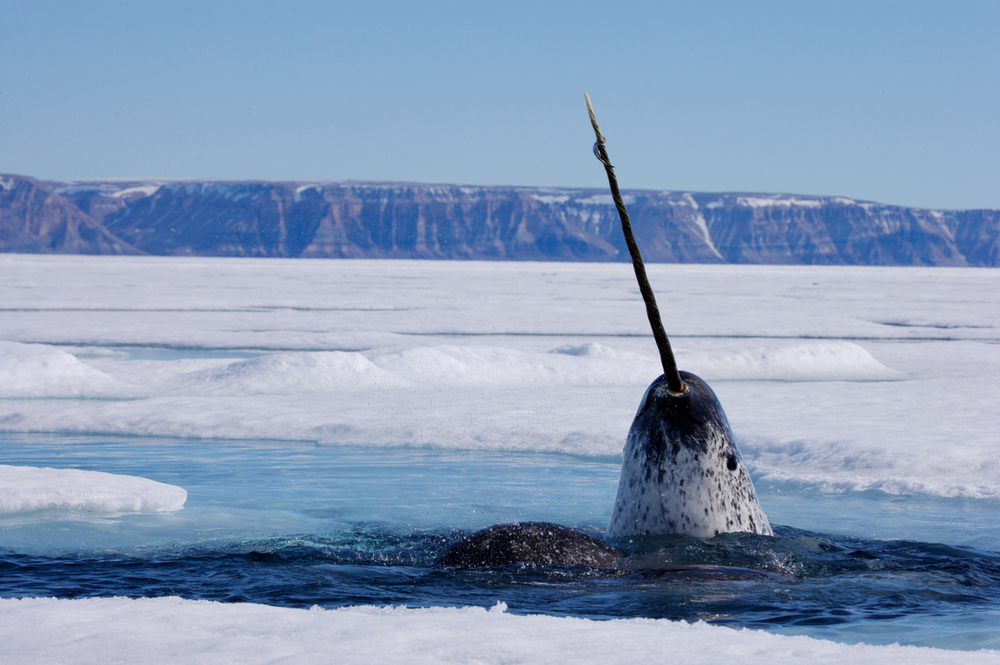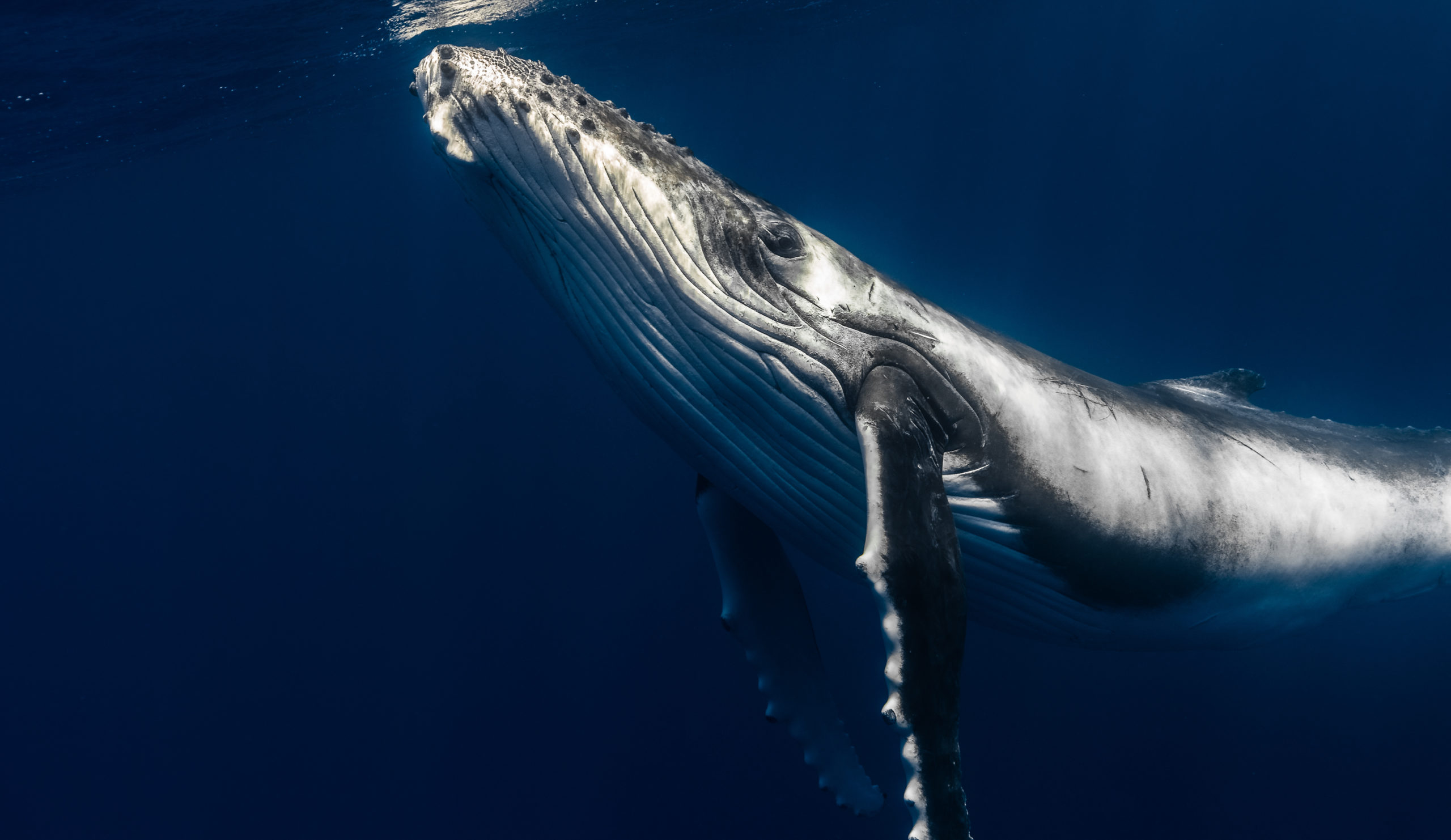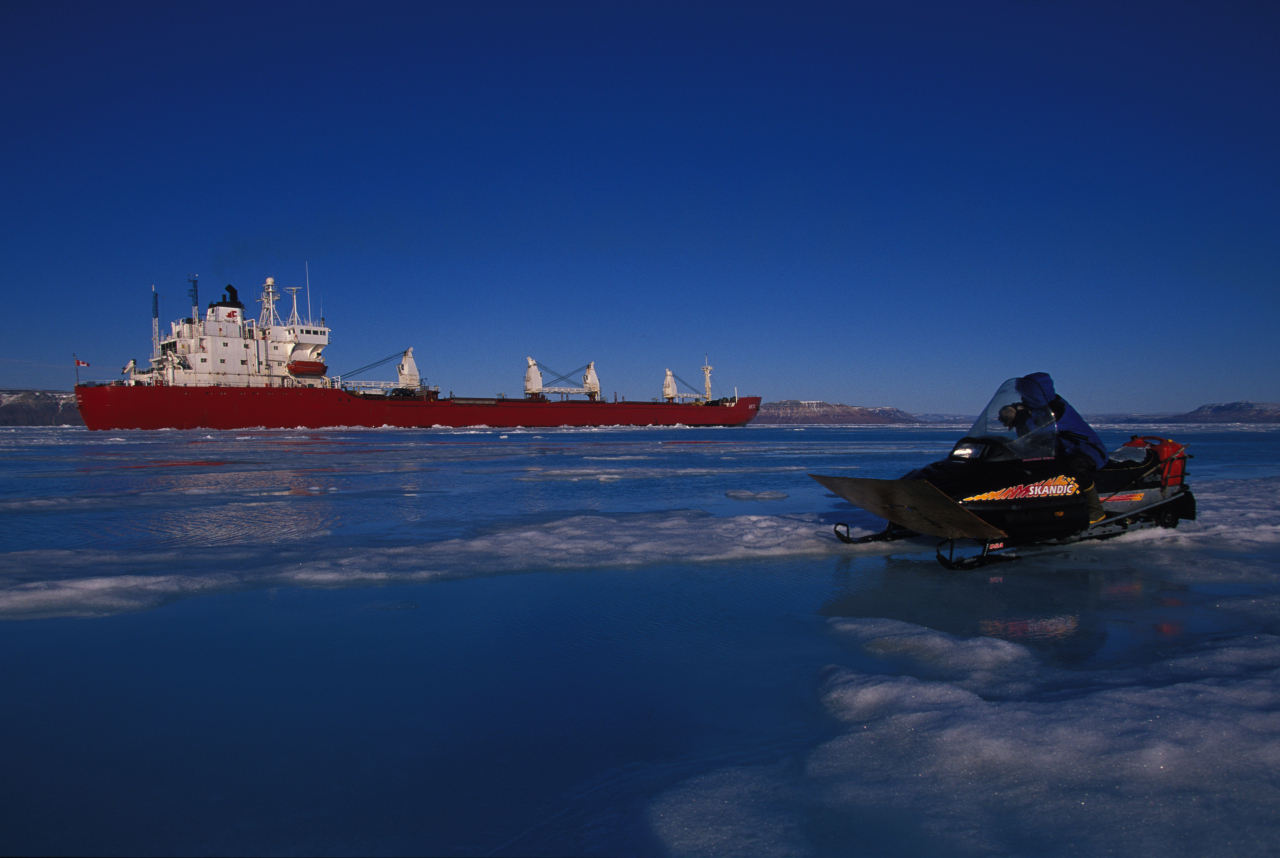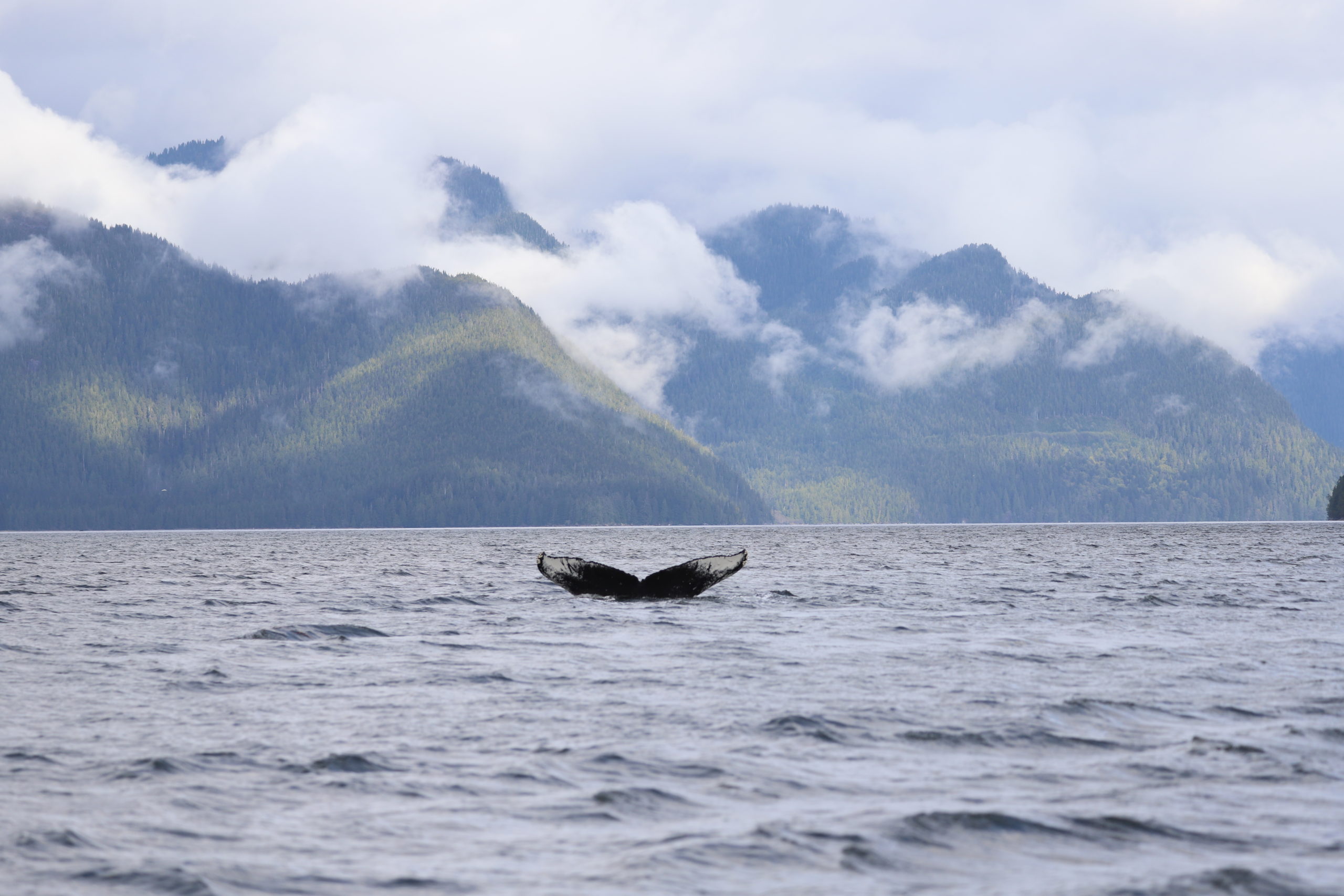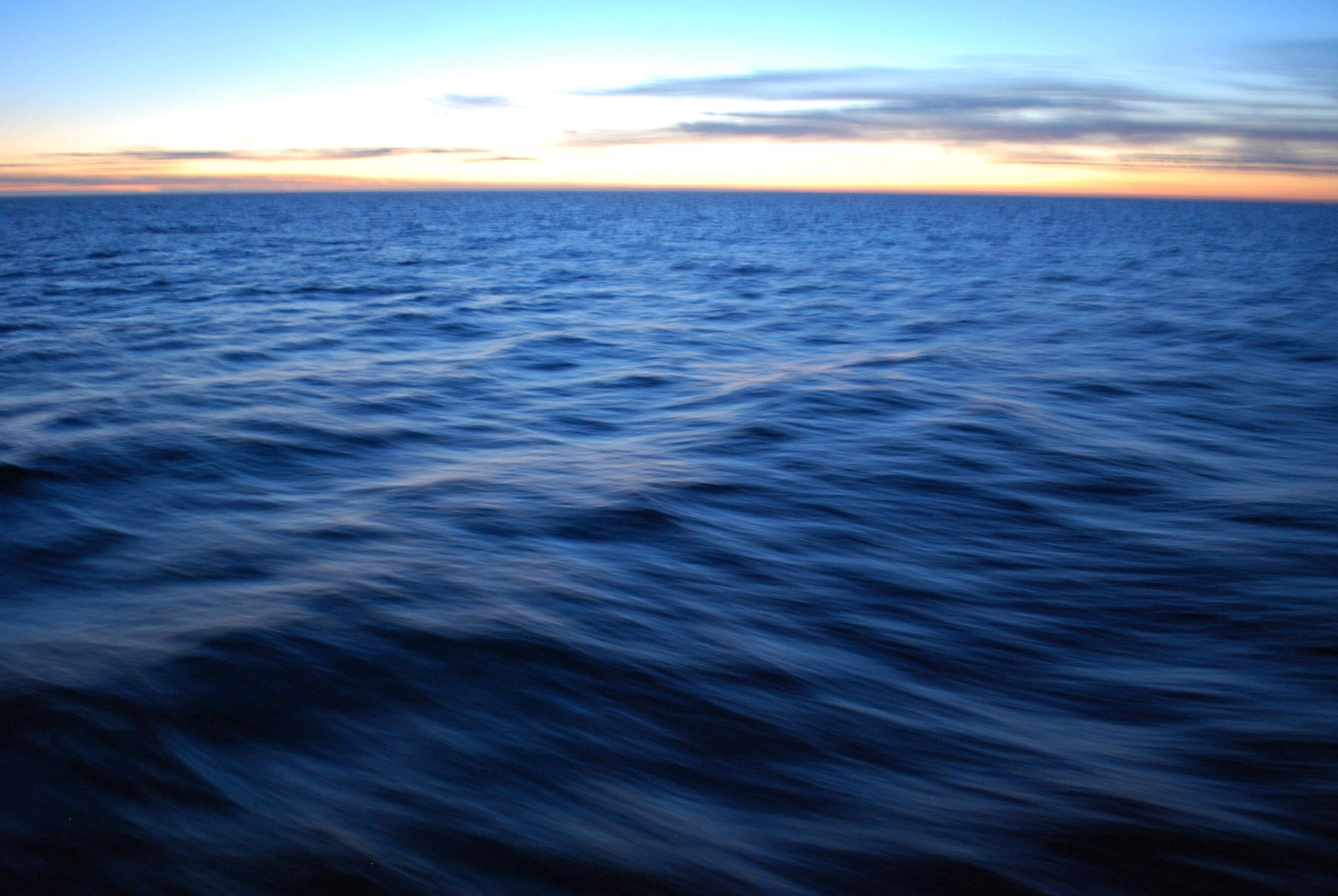Every human activity creates an impact. Shipping is no exception. Some of the biggest risks and impacts from shipping include:
Oil spills: Groundings, shipwrecks, accidents or fires can release oil into sensitive habitats. Oil spills are known to contaminate our waters and coastlines and affect species in their paths.
Pollutants: Ships generate a wide range of pollutants that can create both immediate and long-term environmental damage from garbage, scrubber effluent, sewage and grey water to oily waste and sludge.
Air emissions: Air emissions from marine vessels include greenhouse gases and other pollutants such as nitrogen oxide, sulphur dioxide and black carbon, which impact local air quality, human health and the global climate.
Ship strikes: Many of the busiest shipping routes in the world directly overlap with whale migration routes and habitat. Ship strikes are one of the leading causes of death for endangered whale populations.
Underwater noise pollution: Shipping noise drowns out the whistles, clicks and moans that some whales use to communicate, navigate, find food and avoid predators. Higher noise levels also increase their stress levels.
Invasive species: The ballast water that ships load and unload when they take on new cargo, as well as organisms attaching to the hulls of ships (called hull fouling) can contain invasive species.
Habitat destruction: Icebreakers destroy the habitat that seals, walruses and polar bears rely on. The construction of new port infrastructure can have serious impacts on marine life, destroying sensitive seafloor habitats.
Disruption of food security for Indigenous and local livelihoods: Shipping can have severe impacts on the species and habitats that Indigenous and local communities depend on for food and culture.

